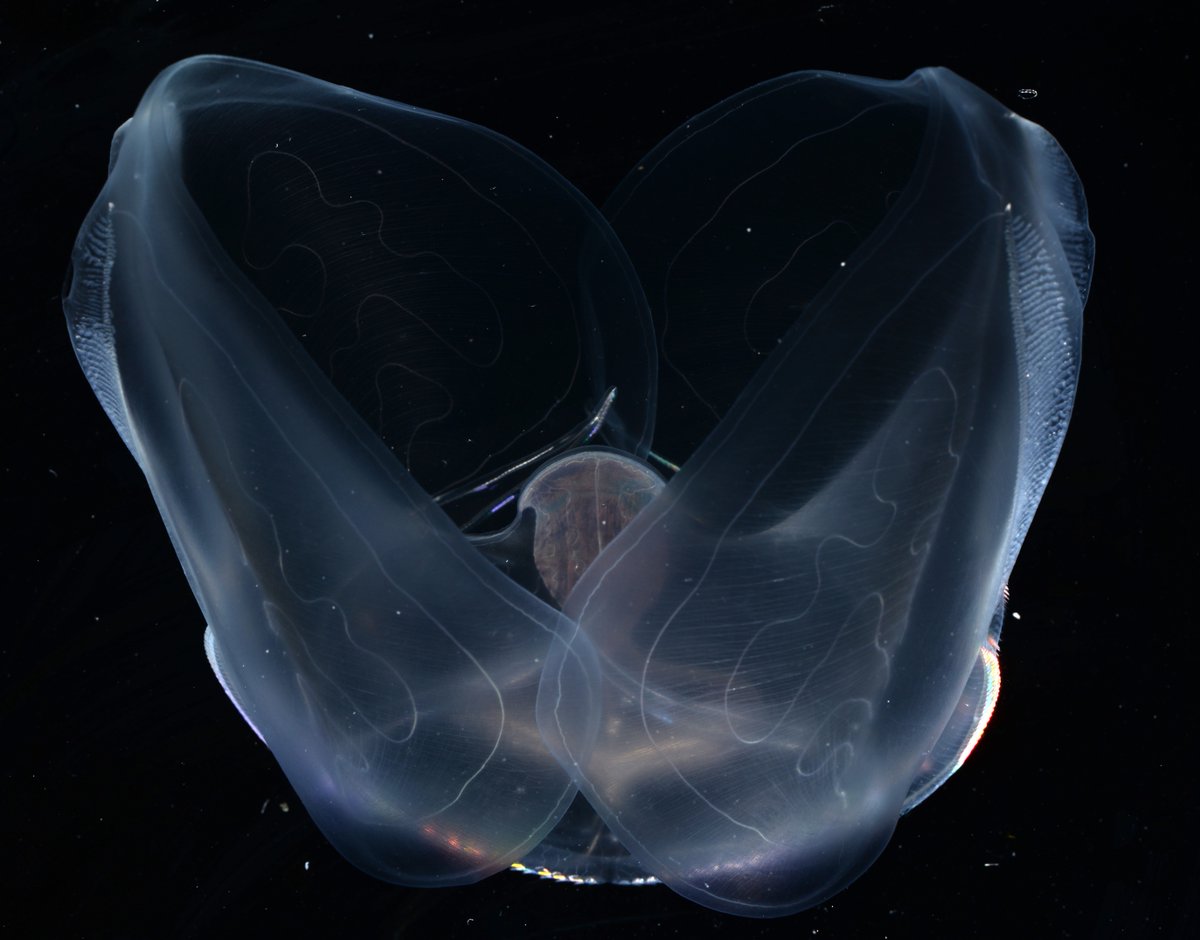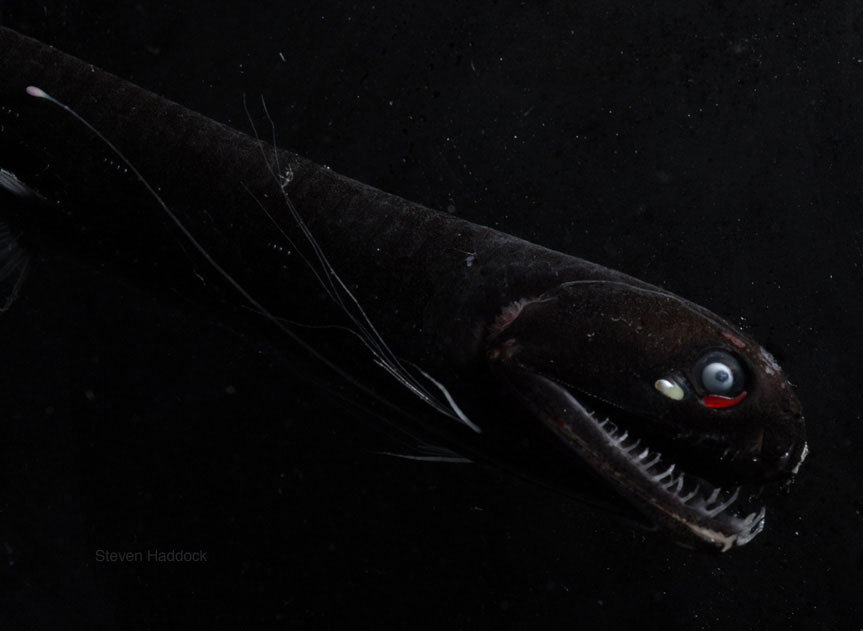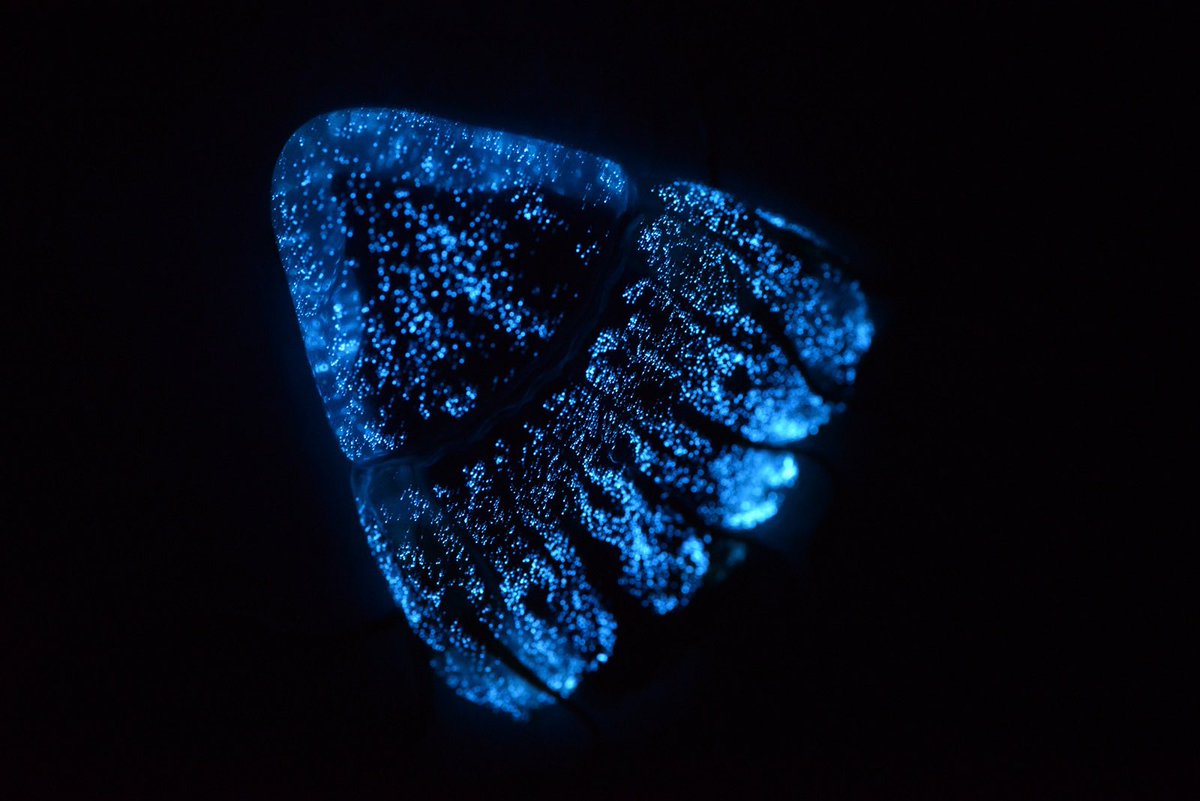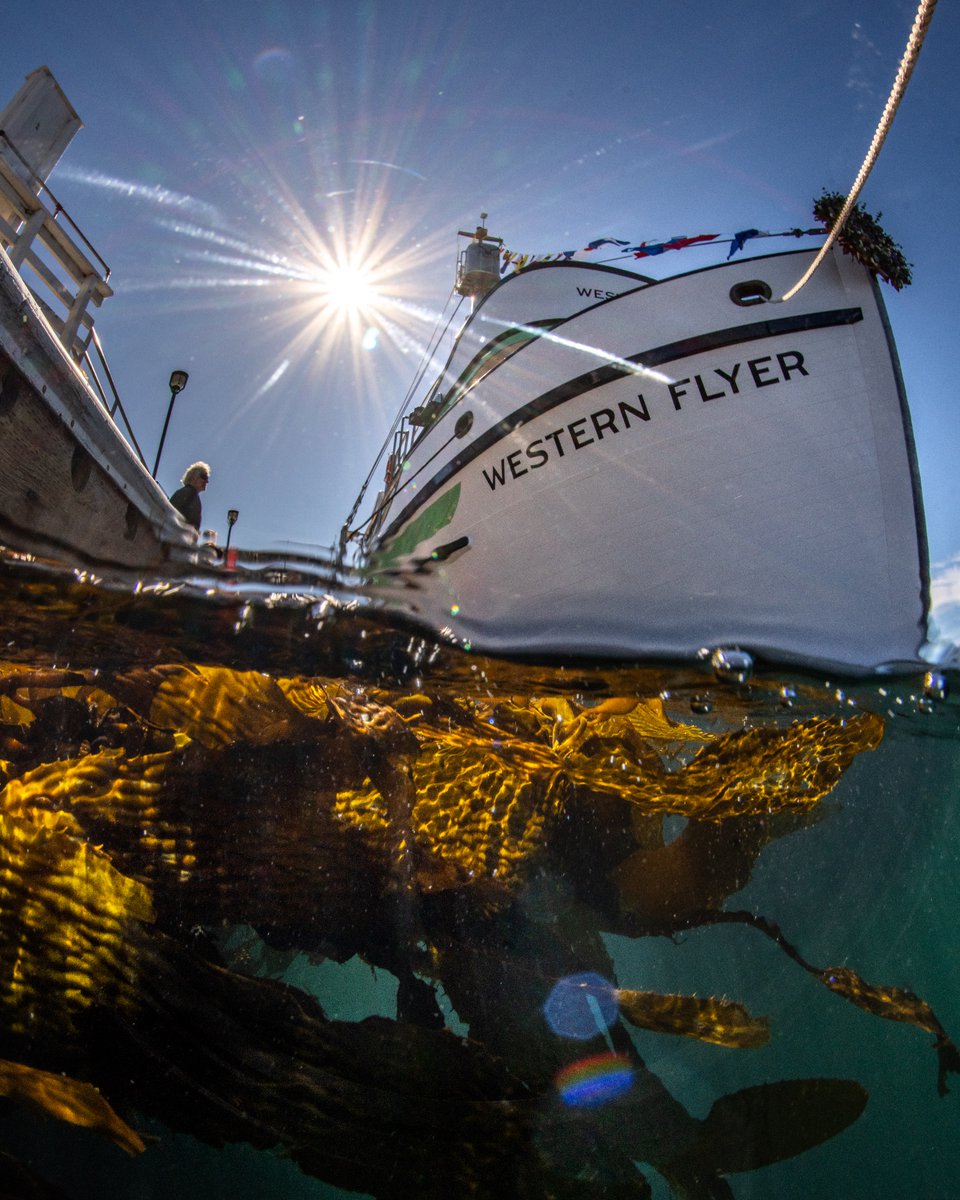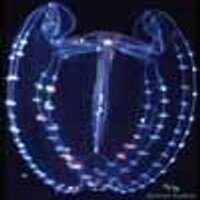
stevehaddock.bsky
@beroe
Bioluminescence, Ctenophores, Deep-sea invertebrates, Marine Biology, Computing for Scientists (views my own)
ID: 8565882
31-08-2007 20:07:52
1,1K Tweet
3,3K Followers
170 Following

I’m afraid this is nothing so intentional — just a deep-sea animal that has not experienced so many photons. We called Marrus claudanielis the Exploding Red Siph before describing it. Isolated pieces of stem will contract violently under bright light. marinespecies.org/aphia.php?p=so…


Susan Casey (Susan Casey) traversed all my emotions about the Titan sub failure in this deep dive for Vanity Fair. Great writing!



This was weird to notice: two accomplished Ell* Mackays in my network. Elly MacKay Ellie Mackay




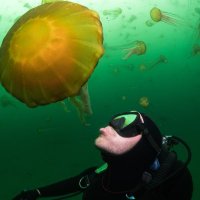



Returning to plug a new paper by me and Anela Choy in which we review life in the ocean's deep water-column. annualreviews.org/doi/abs/10.114… The editor kindly let us go over-length, but we still couldn't fit all the great research done by the deep-sea community.


First chapter of my PhD thesis is out in the Dunn lab Casey Dunn. Thank you to everyone who made this possible!! Darrin Schultz Natasha Picciani, PhD stevehaddock.bsky and others!!

During our project work Smithsonian Panama taxonomy course, we found that hydrozoans show diverse fluorescence patterns that can vary across life stage and species🪼Happy to see our little study out Bridget Vincent stevehaddock.bsky Emily Lau, PhD Alexandra De León doi.org/10.7773/cm.y20…
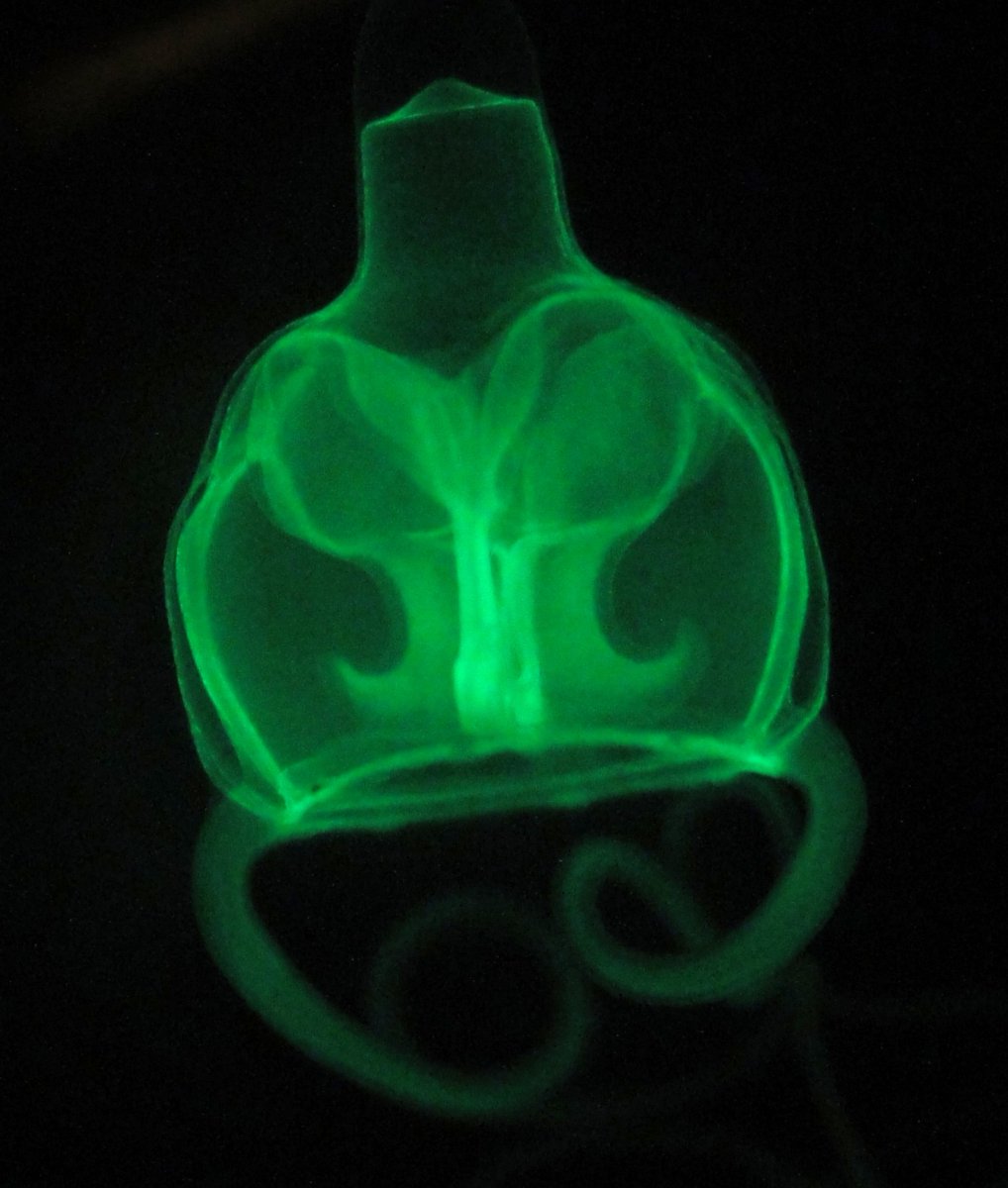


Super fun article by Elizabeth Anne Brown spotlights our deep-sea research led by Jacob Winnikoff and Itay Budin Itay Budin scientificamerican.com/article/how-de…

This #lipidtime story is the continuation of our collaboration with stevehaddock.bsky that uses #ctenophores as a powerful (and beautiful) comparative system for understanding the molecular basis for biological specialization



